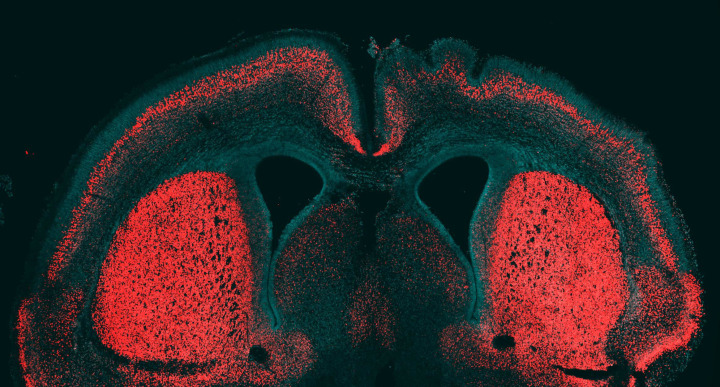| Online: | |
| Visits: | |
| Stories: |
Another Problem for Evolution Theory? ‘Big Brain’ Gene Found in Humans, But Not in Chimps
Friday, February 27, 2015 16:36
% of readers think this story is Fact. Add your two cents.
Discussions concerning all matters of humanity’s ascension into a higher dimensional existence culminating in 2012
Excerpt from nbcnews.com By Tia Ghose
ave the way for the rise of human intelligence by dramatically increasing the number of neurons found in a key brain region.
This gene seems to be uniquely human: It is found in modern-day humans, Neanderthals and another branch of extinct humans called Denisovans, but not in chimpanzees.
By allowing the brain region called the neocortex to contain many more neurons, the tiny snippet of DNA may have laid the foundation for the human brain’s massive expansion.
“It is so cool that one tiny gene alone may suffice to affect the phenotype of the stem cells, which contributed the most to the expansion of the neocortex,” said study lead author Marta Florio, a doctoral candidate in molecular and cellular biology and genetics at the Max Planck Institute of Molecular Cell Biology and Genetics in Dresden, Germany.
She and her colleagues found that the gene, called ARHGAP11B, is turned on and highly activated in the human neural progenitor cells, but isn’t present at all in mouse cells. This tiny snippet of DNA, just 804 genetic bases long, was once part of a much longer gene. Somehow, this fragment was duplicated, and the duplicated fragment was inserted into the human genome.
In follow-up experiments, the team inserted and turned on this DNA snippet in the brains of mice. The mice with the gene insertion grew what looked like larger neocortex regions.
The researchers reviewed a wide variety of genomes from modern-day and extinct species — confirming that Neanderthals and Denisovans had this gene, while chimpanzees and mice do not. That suggests that the gene emerged soon after humans split off from chimpanzees, and that it helped pave the way for the rapid expansion of the human brain.
Florio stressed that the gene is probably just one of many genetic changes that make human cognition special.
The gene was described in a paper published online Thursday by the journal Science.
http://ascensionearth2012.blogspot.com
Source: http://www.ascensionearth2012.org/2015/02/another-problem-for-evolution-theory.html





